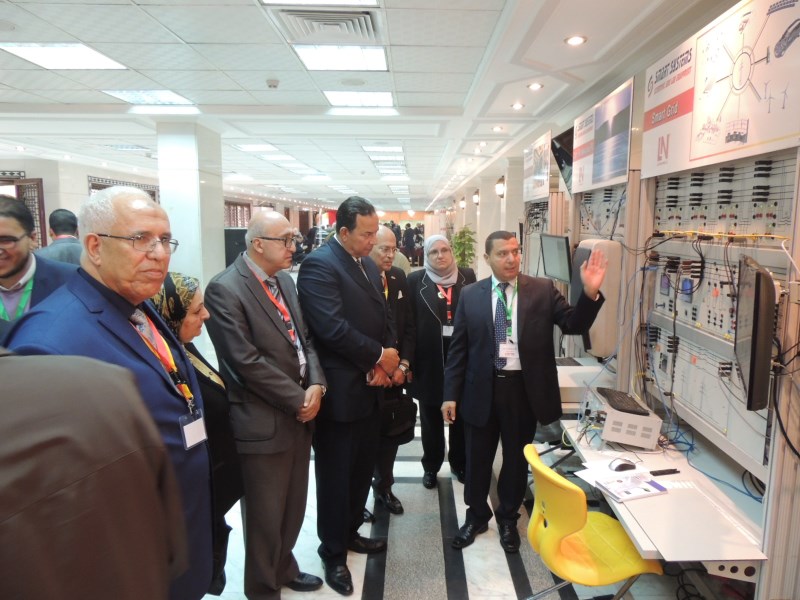Power Generation
Power Generation
Power generation:
Three-phase synchronous generators
In addition to the basic experiments on three-phase synchronous generators, the experiments in this area also cover manually-operated and automatic synchronization circuits as well as automatic power factor control (cos-phi control) and power control. For that reason, this module can be used to simulate both on-grid and off-grid power plant operation. Furthermore, generators need effective protection against internal and external faults. The deployment of a variety of protective equipment is a prerequisite for this.

Electrical power is mainly produced by three-phase generators. This applies to power stations as well as to standby power supplies and wind generators. In addition to the basic experiments dealing with three-phase synchronous generators, the experiments involving the “EUG” module include manual and automatic synchronizing circuits as well as experiments on the automatic power factor control (cos-phi control) and power control. Thus, the ”EUG“ module can be used to simulate power station operation in stand-alone (isolated) or interconnected operation.

EGP Generator protection:
Effective protection of generators against internal and external faults requires that a wide variety of protective devices be deployed.
Generator differential protection covers the internal faults like short-circuit fault, interturn and interwinding faults or phase-earth-phase faults and serves as the primary protection.
The time overcurrent protection constitutes the reserve protection for the generator and can also be used for the detection of external faults, such as short circuits and overload, for example. Earth-fault occurrences are detected with the stator-earth fault protection. The investigation of reverse power and unbalanced load protection as well as overvoltage/undervoltage protection concludes the experiment series titled “EGP“ on generator protection.

